Viewing blog posts for the category Tea Stories
Recent Posts
Categories
- Behind the Scenes (14)
- Gifting (18)
- Murchie's at Home (44)
- Recipes (74)
- Tasting Lab (13)
- Tea Stories (16)
Tag Cloud
- ice cream
- festive
- Harry and Meghan
- Spring
- lemon tea
- smokey
- latte
- picnic
- Wellness
- cold buster
- travel mug
- Peach Passion
- juice tea
- Antique
- tea cocktail
- diy latte
- Turmeric
- green-black blends
- Horchata
- white tea
- Rosé
- hot brew and chill
- hibiscus
- chai
- afternoon tea
- matcha
- cocktail
- beans
- cold brew coffee
- campfire
- canada 150
- iced coffee
- father's day
- Christmas
- Family
- Gift Ideas
- Morning Tea
- diy chai
- tea latte
- chai loose tea
- blue jasmine tea
- fruit tea
- chai tea
- Turmeric Latte
- Hibiscus Tango
- chai tea bags
- spiced tea
- tea
- hot brew
- iced tea
- sangria
- earl grey
- apple
- Easter
- Golden Milk
- canada day
- Mothers Day
- Breakfast Tea
- chamomile
- Oolong
- coffee
- tea recipe
- cozy
- pancakes
- cozy tea
- Ceylon
- holiday
- sencha
- canadian breakfast
- Turmeric Elixir
- gifts
- cold brewing
- recipe
- hibiscus tea
- hot chocolate
- pumpkin spice
- Valentine's Day
- cold steeping
- Family Day
- royals
- Brunch
- Tea Eggs
- royal tea
- camping
- cold brew
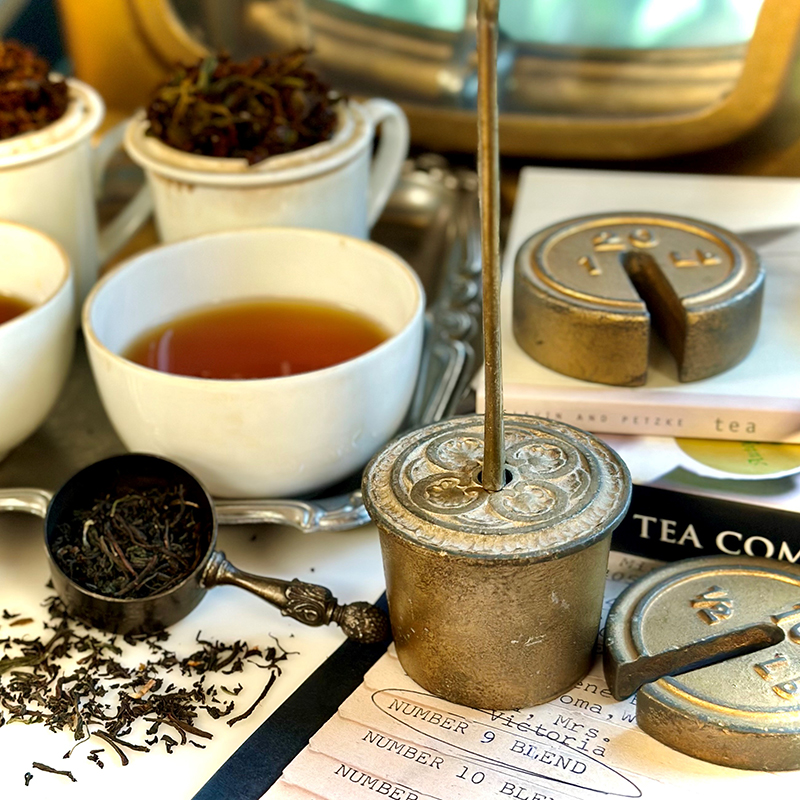
One of the more difficult aspects of reviving old recipes from our Blend Book, is that styles of tea production have changed over the years. For the particularly old blends, sometimes there's not a perfect analogue in available teas today. This leaves recipes open to interpretation, and can result in a lot of variation.
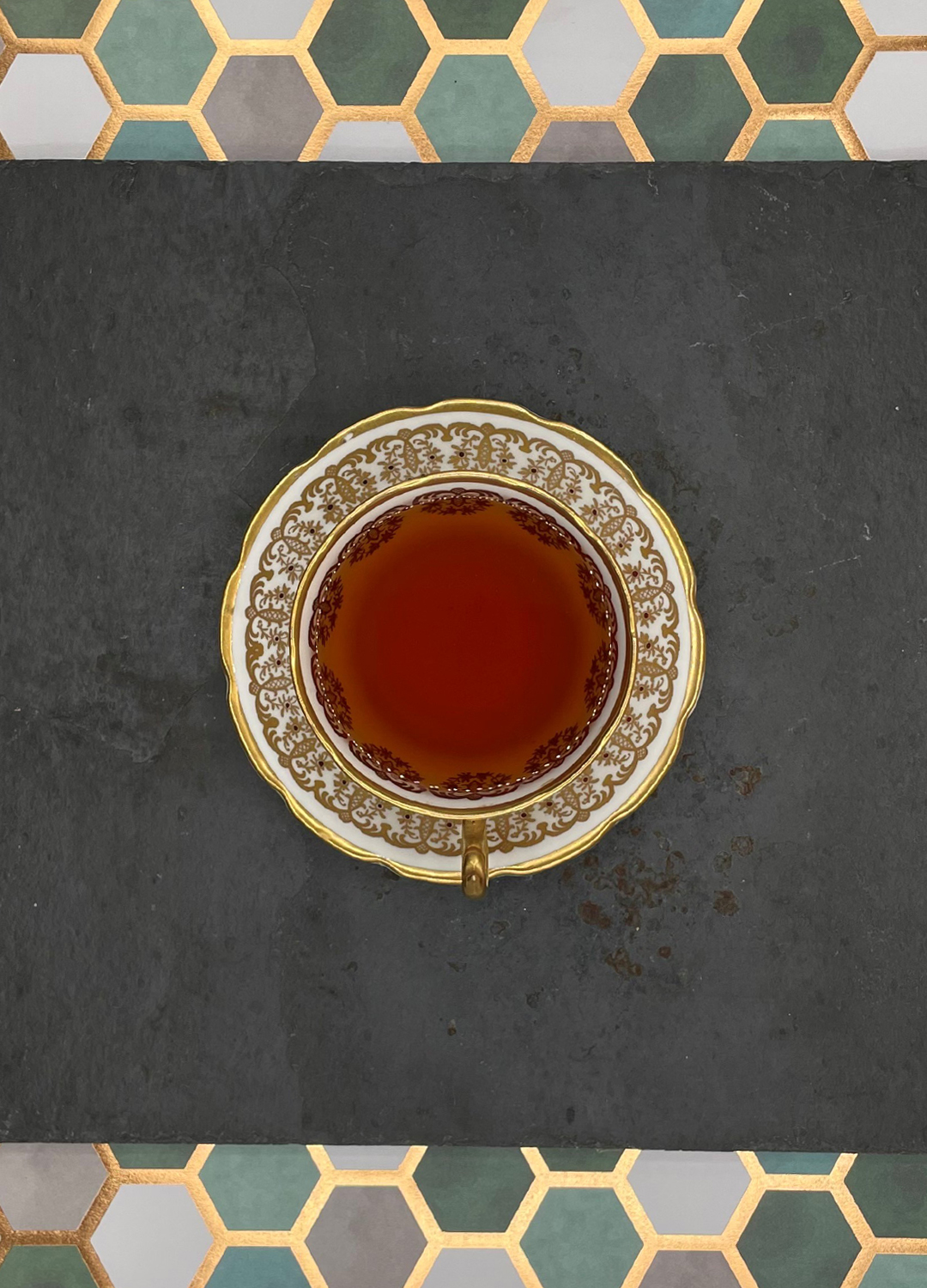
Bard's Blend was developed in conjunction with Poet's Blend, so it made sense to release them back to back. They're in a sense 'sister blends', following the same blending principles, despite how differently they turned out.
Whereas Poet’s Blend mixes black tea with floral-scented green and oolong teas for an aromatic, garden-in-your-cup experience, Bard’s Blend takes a different approach. Using a mix of malty and nutty black teas from India and China, they’ve been paired with smoky gunpowder green tea, and a blend of roasted oolongs. The result is a mix of toasted grains, and the barest hint of smoke. I’ve described it as ‘buttered toast’.
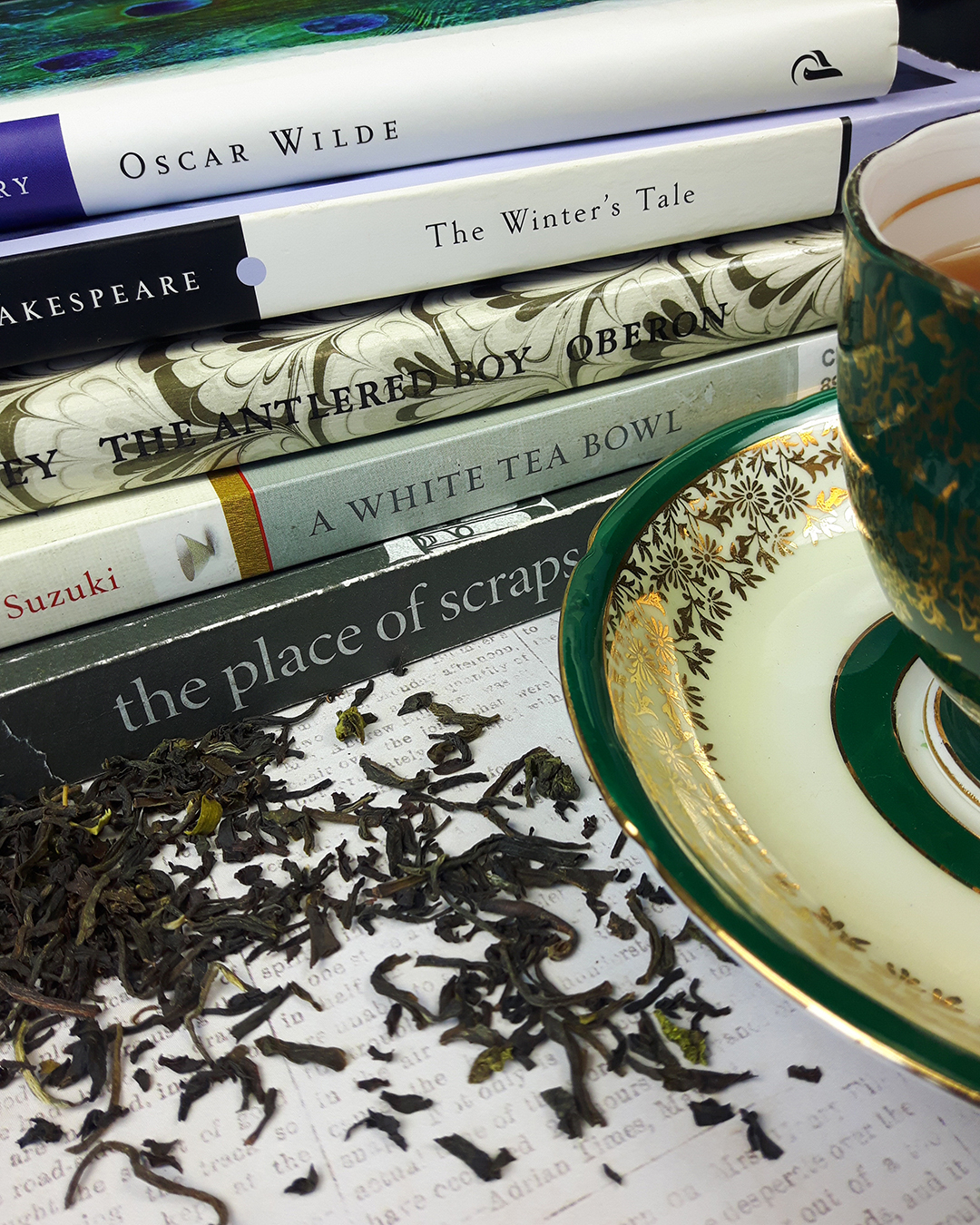
The Tasting Lab has been an Idea and pet project for a while, so I'm glad I get to see it come to fruition. It was conceived as a way to showcase ideas, finds, and old blending classics from the Big Black Book that haven't seen the light of day in decades, possibly even a century. A way to glimpse the ideas that go on behind the scenes at Head Office, and bring others along on an interesting taste-journey.
Experimentation has its ups and downs; occasionally you come across a tea you adore, but can't source the quantities you need for a full release. Sometimes you have ideas for flavour combinations that are so out there, you don't know if anyone else would be willing to try. Murchie's has a lot of history, and I look forward to exploring some of it with interested tea drinkers.
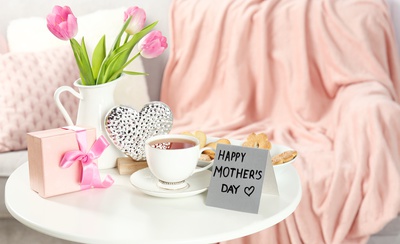 Need Mother’s Day gift giving inspiration? Look no further because we asked 10 mother figures from our community what their favourite Murchie’s ritual is and there’s a little bit of everything!
Need Mother’s Day gift giving inspiration? Look no further because we asked 10 mother figures from our community what their favourite Murchie’s ritual is and there’s a little bit of everything!
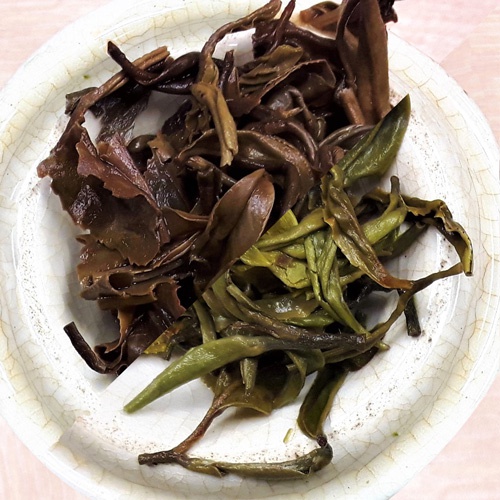 Located north-east of India, Nepal is situated along the Himalayas, and shares a very similar growing climate and production technique Darjeeling. The resulting cup of tea bares a striking resemblances, many of the same characteristic muscatel grape flavours that makes Darjeeling so sought after. Tea growing in the region began in 1837, and has only grown since then, taking off in the 1970s. Although Nepal ranks only the top 20 or so tea producing countries, in recent years it has produced some outstanding hand-crafted offerings, branching out of black teas into white, oolong and greens.
Located north-east of India, Nepal is situated along the Himalayas, and shares a very similar growing climate and production technique Darjeeling. The resulting cup of tea bares a striking resemblances, many of the same characteristic muscatel grape flavours that makes Darjeeling so sought after. Tea growing in the region began in 1837, and has only grown since then, taking off in the 1970s. Although Nepal ranks only the top 20 or so tea producing countries, in recent years it has produced some outstanding hand-crafted offerings, branching out of black teas into white, oolong and greens.
